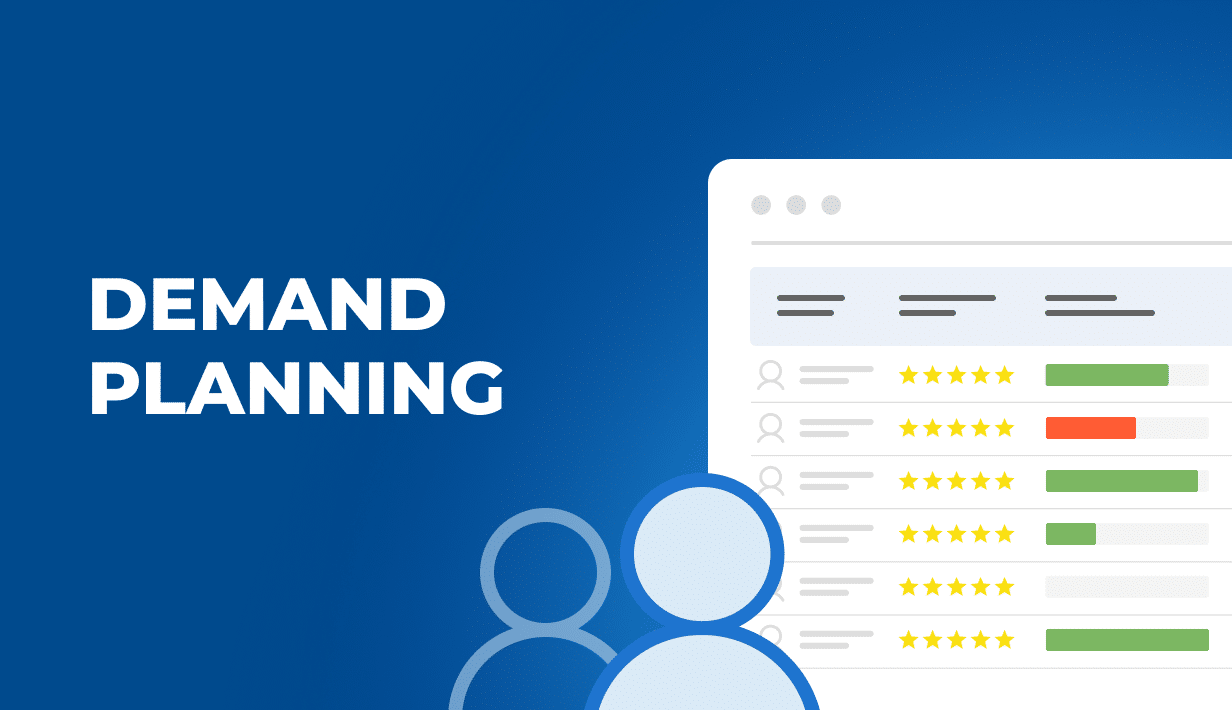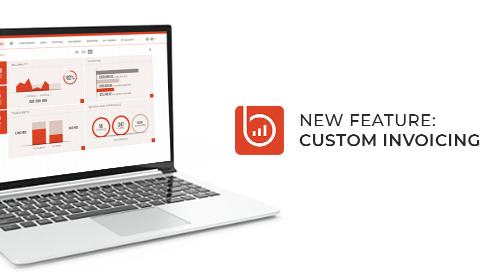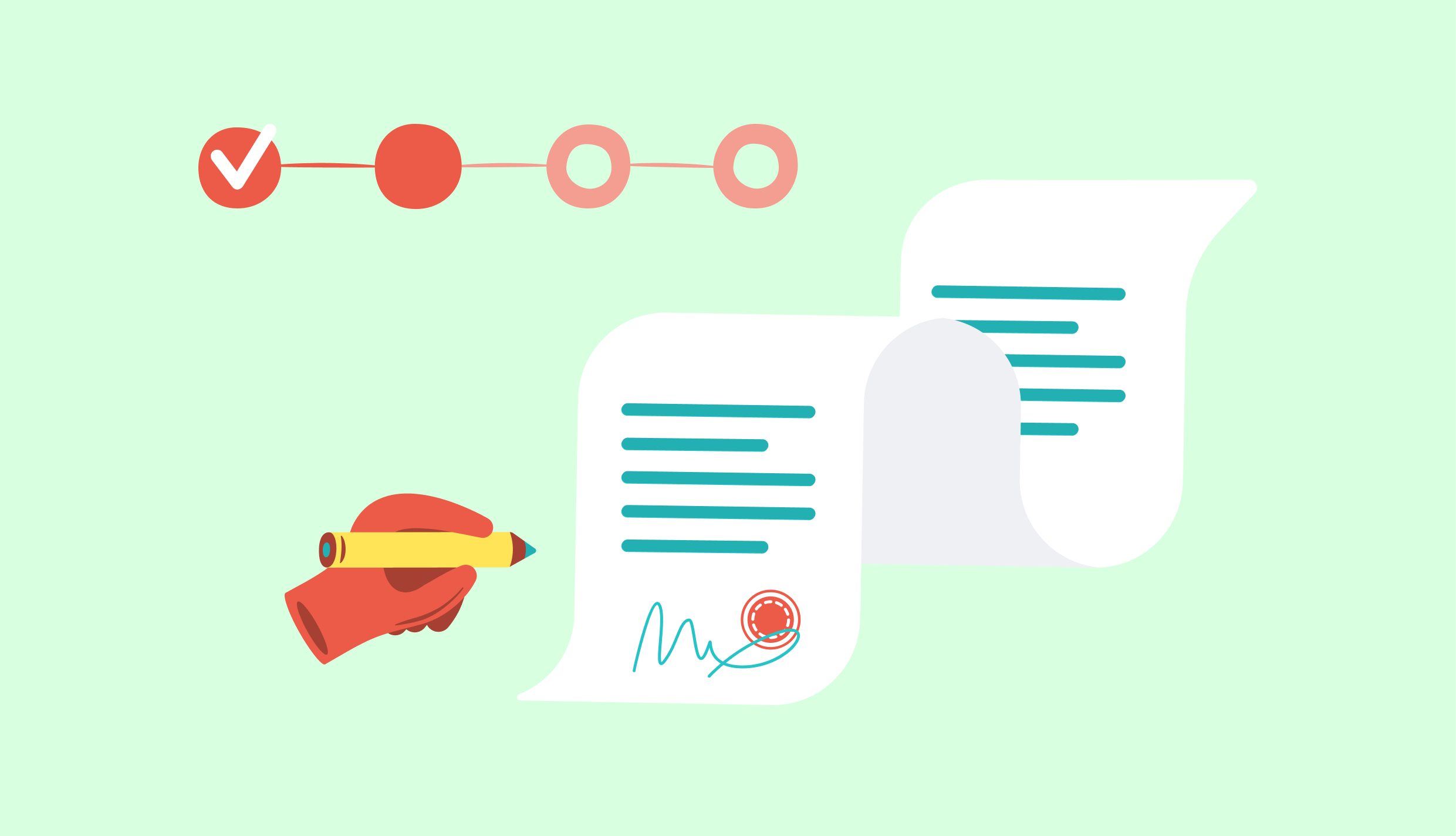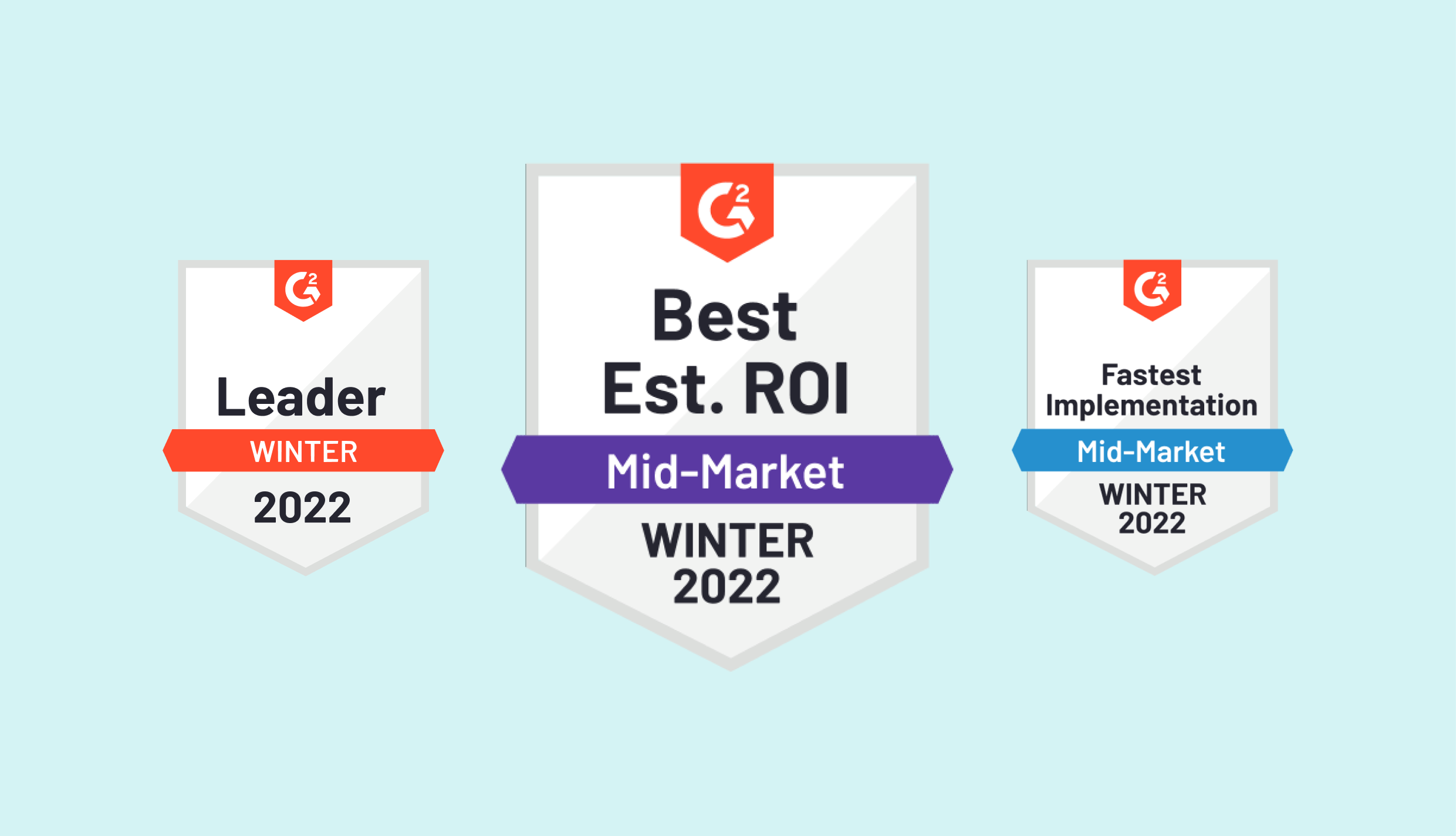Supply chain management is never easy, whether you try to deliver services or products. However, for professional services companies, demand planning plays an even more pivotal role in achieving perfect customer satisfaction. But how to use the demand planning process to your advantage?
What’s in this article?
- The definition of demand planning
- The benefits of the entire process
- A difference between demand planning and supply chain management process
- A step-by-step demand planning process
What Is Demand Planning? Definition
Demand planning is a strategic forecasting process that enables professional services firms to anticipate client needs, allocate resources efficiently, and optimize service delivery. It involves analyzing historical data, market trends, and business intelligence to predict future demand for services accurately.
What Are the Benefits of Demand Planning?
Accurate demand forecasts are the key to seeing – and optimizing – the company’s future. Effective demand planning aligns workload management with project pipelines, ensuring the right expertise is available at the right time to maximize client satisfaction and profitability. Demand planners also help mitigate risks associated with underutilization or resource shortages, enabling firms to make data-driven decisions on hiring, training, and operational investments.
Additionally, by integrating demand planning with financial and operational strategies, professional services firms can enhance agility, improve revenue predictability, and maintain a competitive edge in dynamic market conditions.
What Is the Difference Between Demand Planning and Supply Chain Management Process?
While demand planning and supply chain management (SCM) are interconnected, they serve distinct purposes within an organization’s operational strategy.

Demand planning vs supply chain management – comparision
Demand Planning focuses on forecasting future demand for services (in professional services companies) or products (in production companies). It helps businesses anticipate customer needs, optimize resource allocation, and align operational capacity with projected demand.
On the other hand, Supply Chain Management (SCM) is a broader process that oversees the entire supply chain, or end-to-end flow of goods, services, and information—from procurement and production to distribution and delivery. It often focuses on inventory management, monitoring supply chain and providing accurate sales data for planners.
In summary, demand planning is a forecasting function that informs decision-making, while supply chain management is the operational process that ensures execution based on those forecasts.
Is Demand Planning Connected to Supply and Inventory Management?
Yes! Demand planning is a critical input into supply management process and acts as it critical element. Accurate demand and revenue forecasts help supply chain teams ensure the right resources, materials, and logistics are in place to meet demand without overstocking or underutilizing capacity.
Demand Planning Process Step By Step
To meet customer demand, you need to plan ahead – and forecasting demand and, later on, demand planning, will help you do that.
Here’s how to keep customer satisfaction rates high by catering to all their needs with perfect planning!
Step 1. Data Collection and Analysis
To ensure accurate demand planning, any successful demand planners need to take a step back at first.
To predict future sales and create accurate forecast, you need to start with data collection. Businesses gather historical data on sales, client demand, project pipelines, and market trends. Both internal factors, such as workforce capacity, utilization rates and service offerings, and external influences, like economic conditions and competitive movements, are considered.
An example of capacity planning report in BigTime Foresight
Professional services companies often use advanced analytics tools and demand planning software to process large datasets, helping organizations identify patterns and insights that inform future forecasts. High-quality, clean data is essential at this stage to ensure the accuracy of predictions.

Step 2: Demand Forecasting
Once the data is collected, organizations apply statistical models and forecasting techniques to predict future customer demand. This includes using quantitative methods such as time series analysis, regression models, statistical forecasting, and machine learning algorithms, alongside qualitative insights like expert opinions and market intelligence.
Demand forecasting also takes into account factors such as seasonal fluctuations, economic cycles, and client buying behavior. Businesses often develop multiple forecast scenarios (optimistic, pessimistic, and most likely) to prepare for different possible market conditions. The goal is to create a reliable demand projection that informs strategic planning and improve forecast accuracy over the years.
Step 3: Collaboration and Cross-Functional Alignment
Since demand planning impacts multiple areas of a business, collaboration is essential. At this stage, key departments—including finance, sales, marketing, operations, and human resources—should work together to refine demand forecasts.
At this stage of demand forecasting, sales teams provide insights into upcoming deals, marketing teams contribute information about planned campaigns, and HR ensures workforce readiness to meet anticipated future demand. Leadership teams align forecasts with strategic goals, ensuring that financial targets, capacity planning, and operational capabilities are in sync. This cross-functional collaboration strengthens forecast accuracy and ensures that all departments are prepared to support demand fluctuations.
Example of report sharing in BigTime Foresight
Step 4: Resource and Capacity Planning
With demand projections in place, businesses need to align their resources accordingly. This step involves assessing workforce capacity, skill availability, and operational constraints.
In professional services firms, this could mean adjusting hiring plans, upskilling employees, or reassigning staff to high-priority projects. In product-based businesses, this step focuses on inventory management, supplier coordination, and production adjustments. The goal is to ensure that the right resources—whether human capital, materials, or infrastructure—are available to meet anticipated demand efficiently while minimizing waste and cost overruns regardless of external factors.
Step 5: Demand Review and Risk Management
Since demand is influenced by various internal and external uncertainties, businesses must evaluate potential risks that could disrupt forecasts and affectt supply chain. Demand forecasting itself is not enough to do that!
Economic downturns, unexpected shifts in client needs, supply chain disruptions, or regulatory changes can all impact demand planning. Risk management strategies, such as flexible workforce models, diversified service offerings, or contingency supplier agreements, help organizations remain agile. Sensitivity analysis and scenario planning are often used to model the impact of potential risks and create proactive response strategies.
Step 6: Monitoring, Feedback, and Continuous Improvement
Demand planning is an ongoing process that requires continuous monitoring and refinement. Organizations compare actual demand against forecasts to measure accuracy and identify gaps. Key performance indicators (KPIs) such as forecast accuracy, resource utilization rates, and service delivery efficiency help assess the effectiveness of the demand planning. Insights from these evaluations are used to improve forecasting models, update planning assumptions, and enhance collaboration between teams.
Additionally, an advanced demand planning systems with artificial intelligence (AI) and machine learning can automate data updates and improve prediction accuracy over time, enabling businesses to become more agile and responsive to market changes.
Final Outcome: A Strategic, Data-Driven Demand Planning Approach
By following a structured demand planning process, businesses can better anticipate client needs, optimize workforce and resource allocation, and enhance financial predictability. A well-executed demand planning strategy enables companies to reduce inefficiencies, mitigate risks, and maintain a competitive advantage in an ever-changing business environment.

Can Demand Planning Software Make The Process Easier?
Sure – demand planning tools are more often than not the backbone of any sales forecast, as they can tell you how much inventory or capacity you will need to sustain all business operations.
A demand planning software enhances the accuracy, efficiency, and scalability of the demand planning process by automating data collection, improving forecast precision, and facilitating cross-functional collaboration. Additionally, by automating key steps, demand planning software enhances efficiency, accuracy, and agility, helping businesses optimize resources and improve profitability.
For example, demand planning software can help your company with:
- Automated Data Collection & Integration – Pulls real-time data from multiple sources (CRM, ERP, market trends) to reduce errors and ensure up-to-date forecasting.
- Advanced Forecasting & AI Analytics – Uses machine learning, time-series analysis, and scenario modeling to improve demand predictions.
- Improved Cross-Functional Collaboration – Provides a centralized platform for teams to share insights, align forecasts, and streamline decision-making.
- Dynamic Resource and Capacity Planning – Matches workforce availability, inventory, and production schedules with projected demand.
- Risk Identification & Mitigation – Detects potential disruptions (demand shifts, supply chain risks) and provides proactive recommendations.
- Real-Time Monitoring & Continuous Improvement – Tracks forecast accuracy, refines predictions using AI, and generates reports for better decision-making.
Master Product Portfolio Management and Demand Planning With BigTime
Forecasting demand and sales planning can be easy, provided you have all the key data in a single place. With BigTime, that’s the reality!
Combine finances with resources, try different scenarios and choose the best path for your business by improving not only demand planning, but also project management and overall operational efficiency.
Try BigTime now or book a demo to see what we can do for you!




